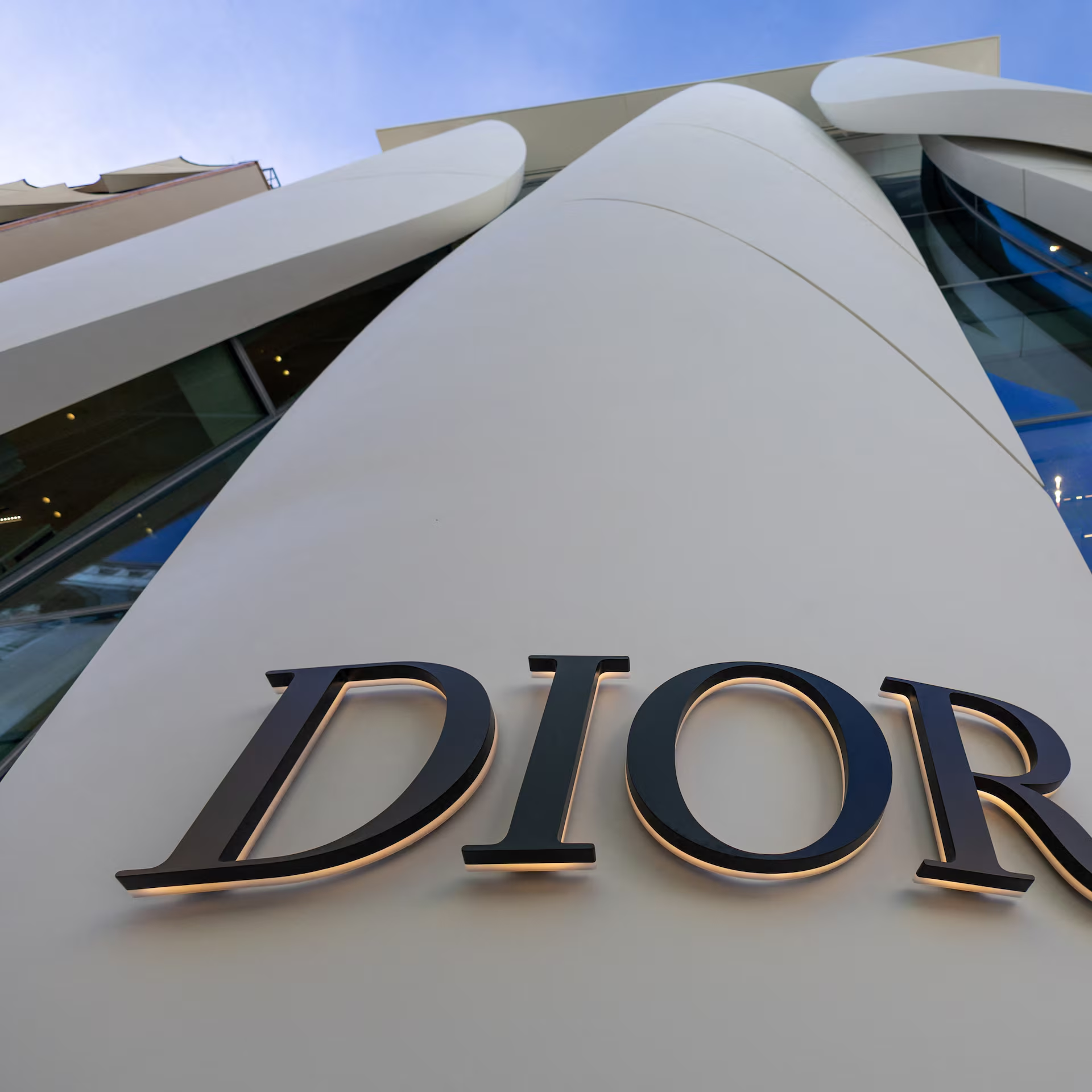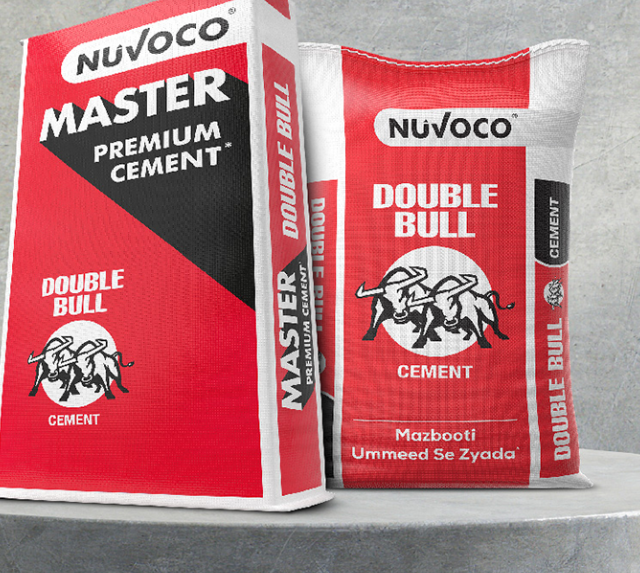As the luxury fashion market undergoes a period of recalibration, Dior is turning the page. Under the leadership of CEO Delphine Arnault, the brand is signaling a bold new chapter — placing creativity, craftsmanship, and long-term vision at the center of its next evolution.
At the heart of this transformation is the appointment of Jonathan Anderson as the artistic lead for both menswear and womenswear — a rare dual role last held by Dior’s founder himself.
A Strategic Gamble at a Delicate Time
The timing of this creative transition is as critical as the appointment itself. Luxury demand — particularly in key Asian markets — has softened following years of meteoric growth. Dior, which had quadrupled its revenue between 2017 and 2023 to nearly €9.5 billion, is now facing a more cautious consumer, weary of steep price hikes and external volatility.
Arnault, who took over Dior’s top job in 2023 after leading Louis Vuitton’s commercial boom, is now steering the brand through turbulence — including declining sales momentum, reputational challenges around subcontractor practices in Italy, and global macroeconomic uncertainty.
Yet, the new CEO is leaning into a long-term strategy. “The next five years are going to be about quality — in design, in materials, in everything we produce,” she emphasized during recent conversations with business analysts. Her faith in Anderson reflects that mindset.
The Anderson Effect
Northern Ireland-born Anderson brings both credibility and creative audacity to Dior. At Loewe, he transformed the Spanish label into one of fashion’s most revered houses — credited with reviving its cultural capital and growing revenues exponentially during his 11-year tenure.
Now, Anderson is tasked with applying that same magic to a much larger machine. His Dior debut begins with the upcoming menswear show — an opening statement for what the future of the brand could look like under his singular vision.
His challenge: Deliver creative reinvention while navigating corporate scale, global expectations, and the weight of legacy. Dior, after all, is not just a fashion house — it’s one of LVMH’s crown jewels and the second-largest brand in the group’s vast portfolio.
Talent Reshuffle and Internal Realignment
Anderson’s arrival is part of a broader reshaping of Dior’s internal leadership. Several former Louis Vuitton executives — including Pierre-Emmanuel Angeloglou and Nicolas Carré — have been brought into senior roles to support operations, production, and product divisions.
Moreover, in response to reputational risks from past outsourcing issues, Dior is investing in more in-house production capabilities. A newly formed industrial division is being led by Giorgio Striano, an experienced manufacturing executive hired from EssilorLuxottica.
This strategic move signals a tighter grip on quality control and a desire to bring production closer to the brand’s creative nucleus — a recurring theme in Arnault’s leadership so far.
The Road Ahead: A Brand Recalibration
Dior’s US expansion continues despite macro-political uncertainty. The brand is preparing to launch a flagship store in Manhattan this July, followed by a Rodeo Drive location in Los Angeles this October. While the American market remains pivotal, global unpredictability — from trade disputes to shifting shopper sentiment — will test Dior’s ability to stay aspirational yet grounded in value.
Anderson, now managing Dior alongside his own JW Anderson label, is expected to deliver up to 18 collections per year. While that raises questions about bandwidth and creative stamina, insiders describe him as a generational talent — one equipped for both scale and storytelling.
365247 Media Analysis: Dior’s Leadership Is Betting on Patience, Precision and Proven Talent
In an age where luxury brands are pressured to deliver fast results, Dior is choosing a different path: a slower, surer route built on creative clarity and operational excellence. By entrusting Anderson with full creative control — and surrounding him with seasoned operators — Delphine Arnault is building a Dior not just for the next season, but for the next decade.
As the fashion industry grapples with demand normalization, Dior’s approach offers a case study in future-proofing a legacy brand — not by chasing hype, but by doubling down on brand soul, design integrity, and consumer trust.
Join the 365247 Community here.


